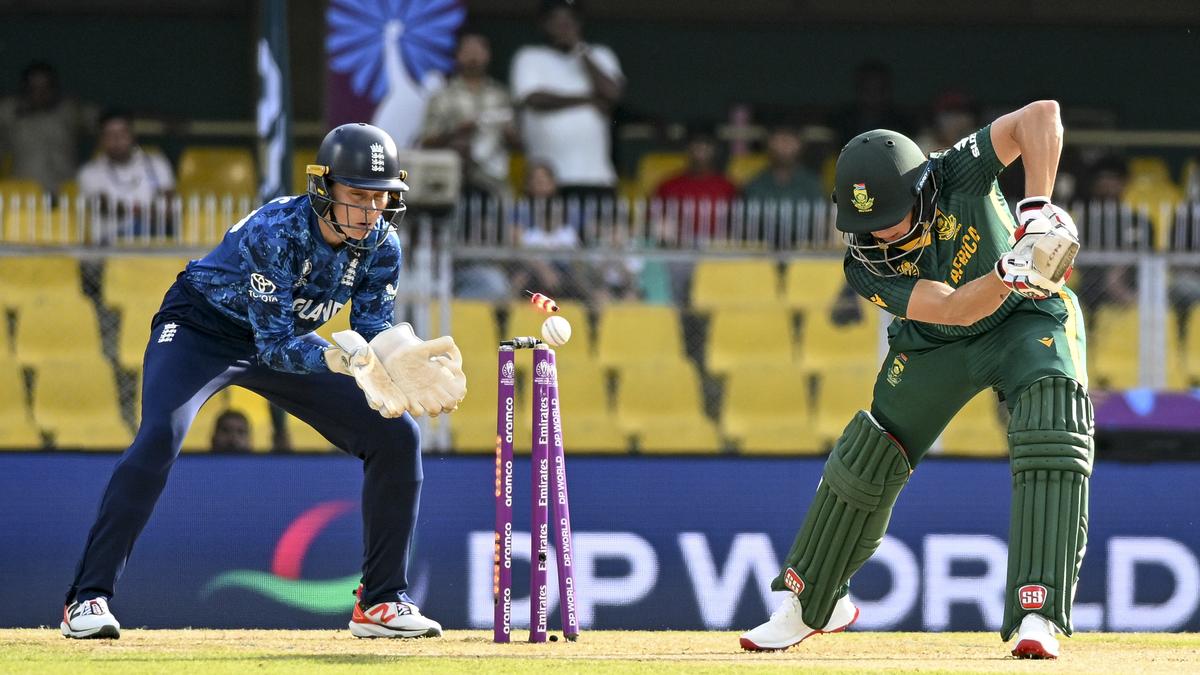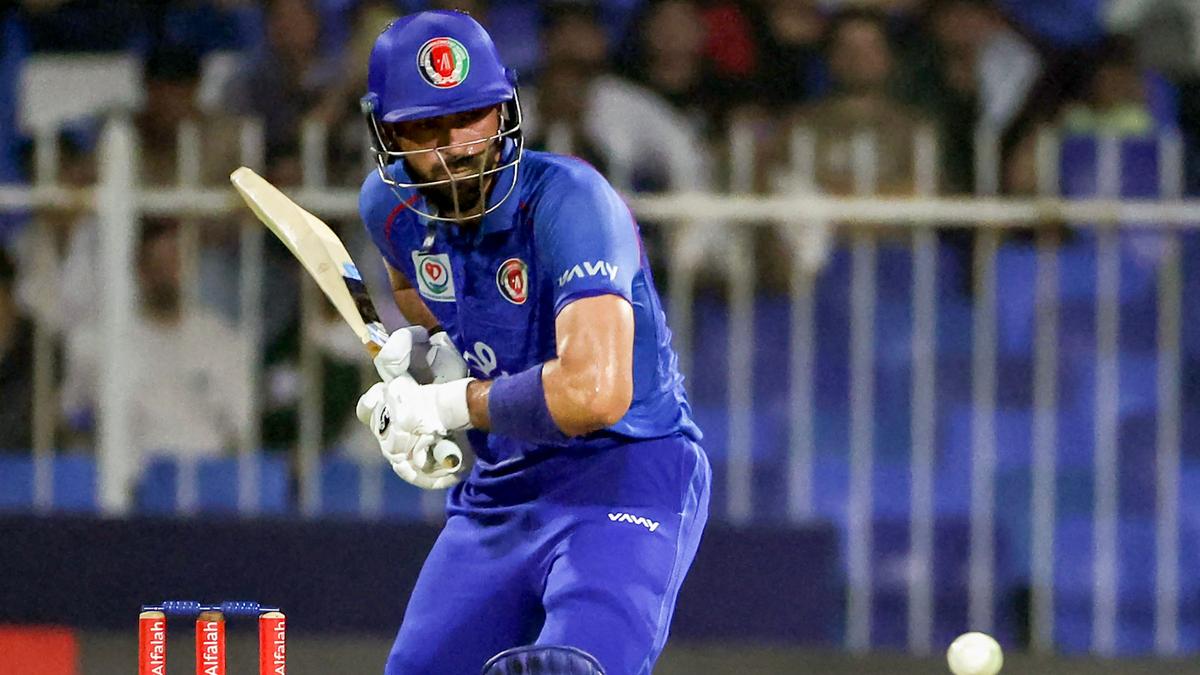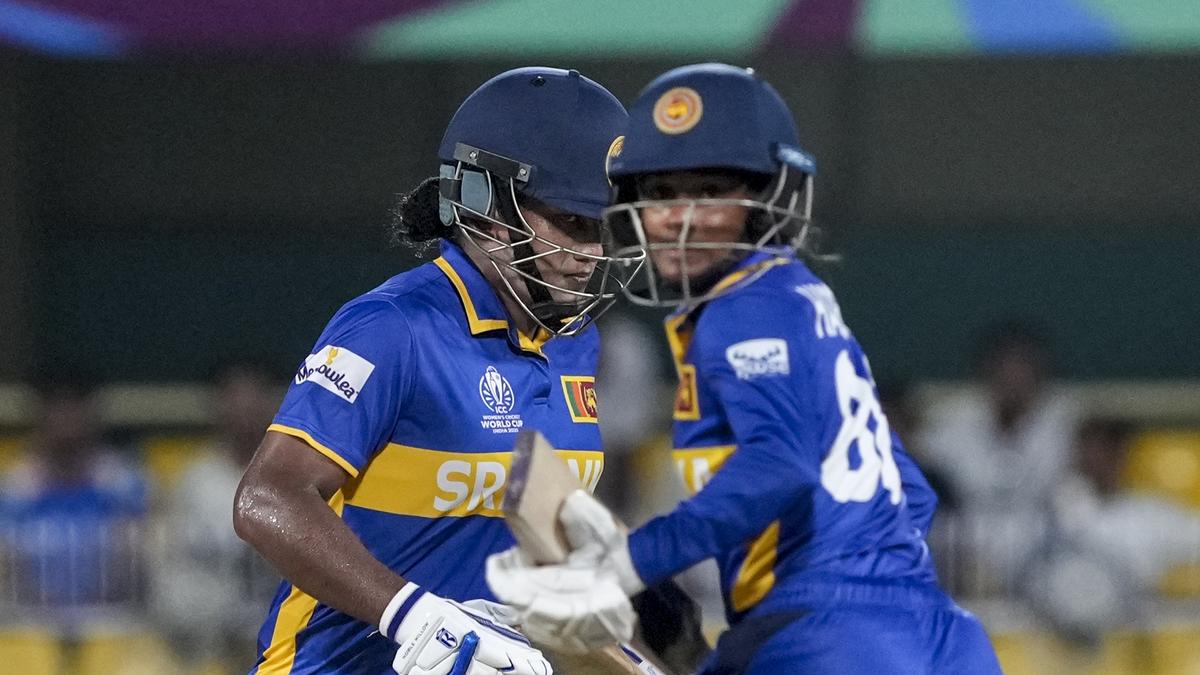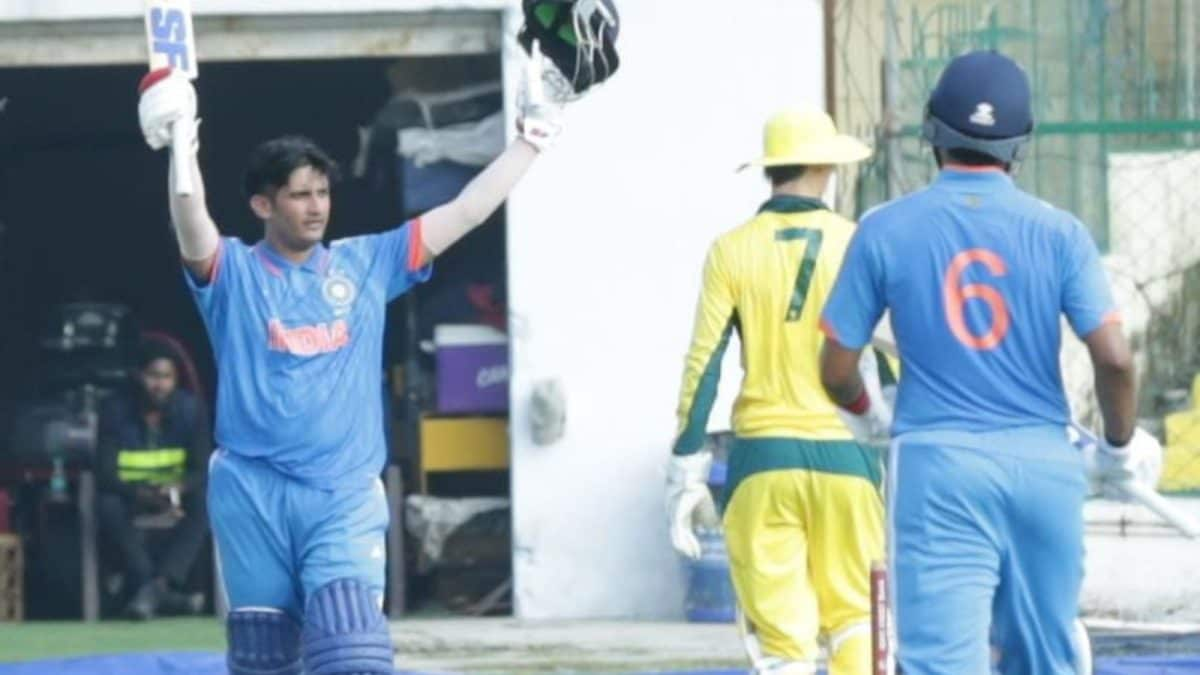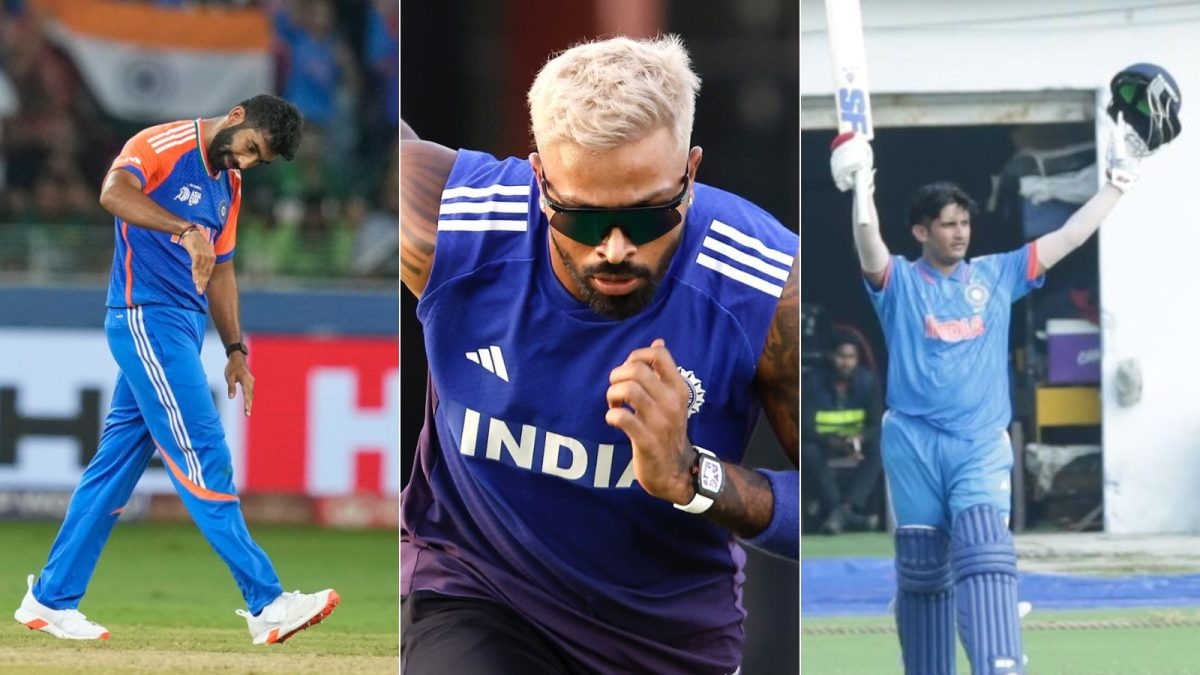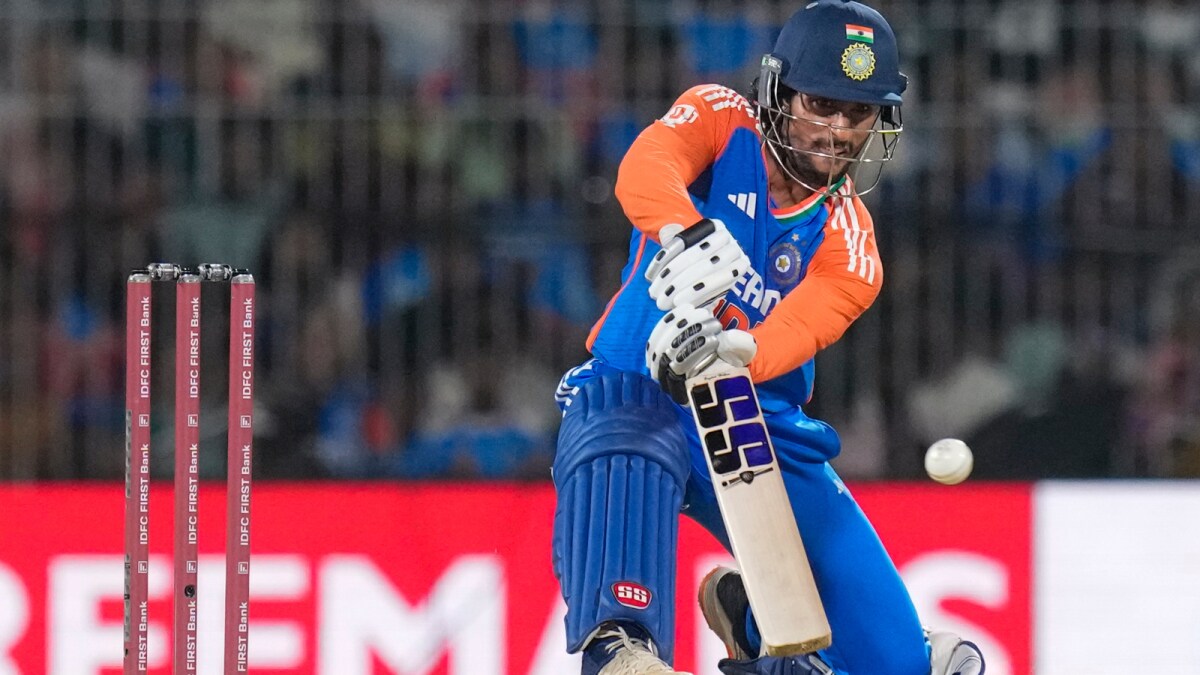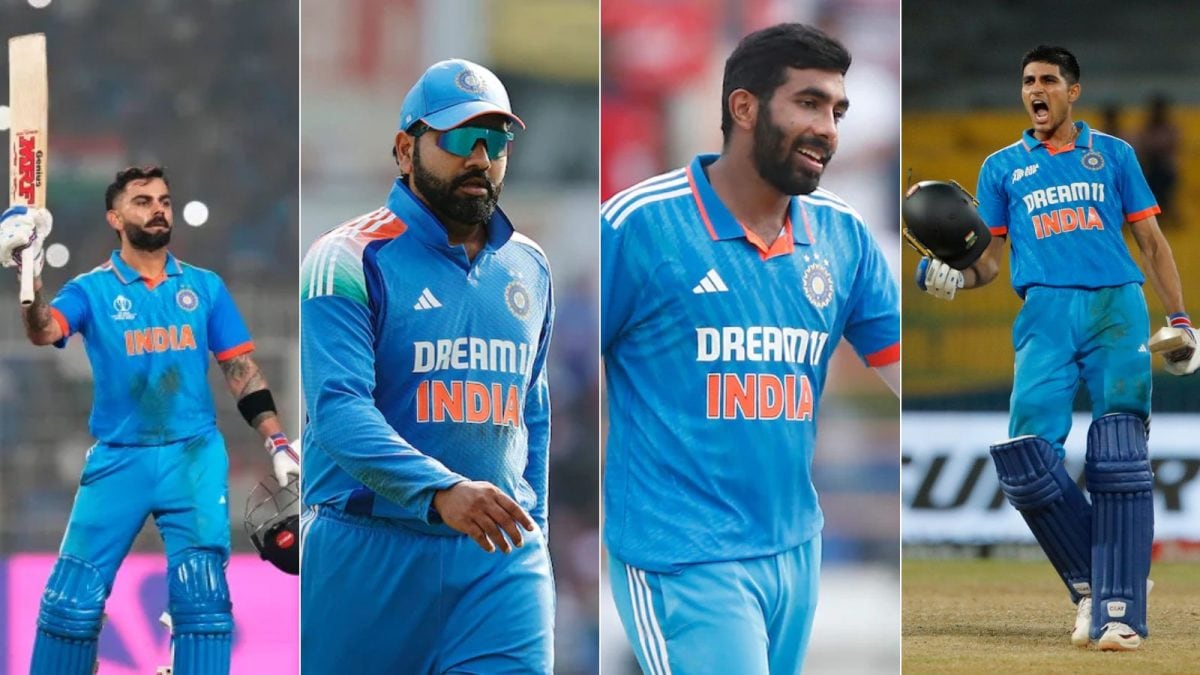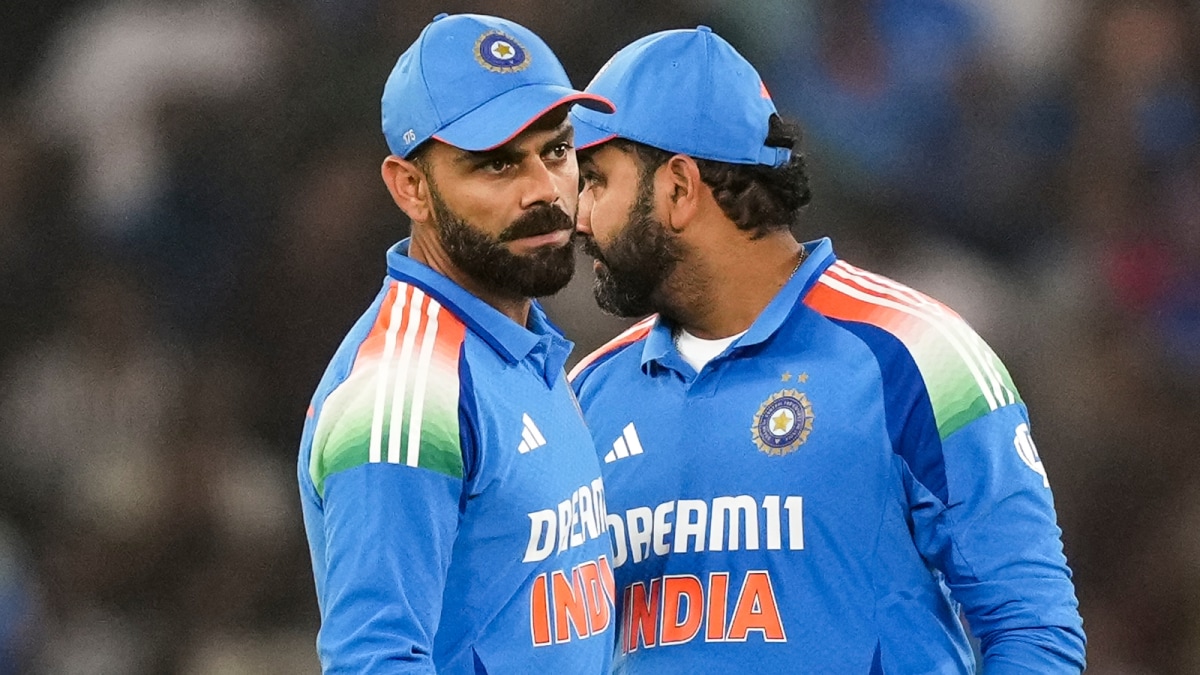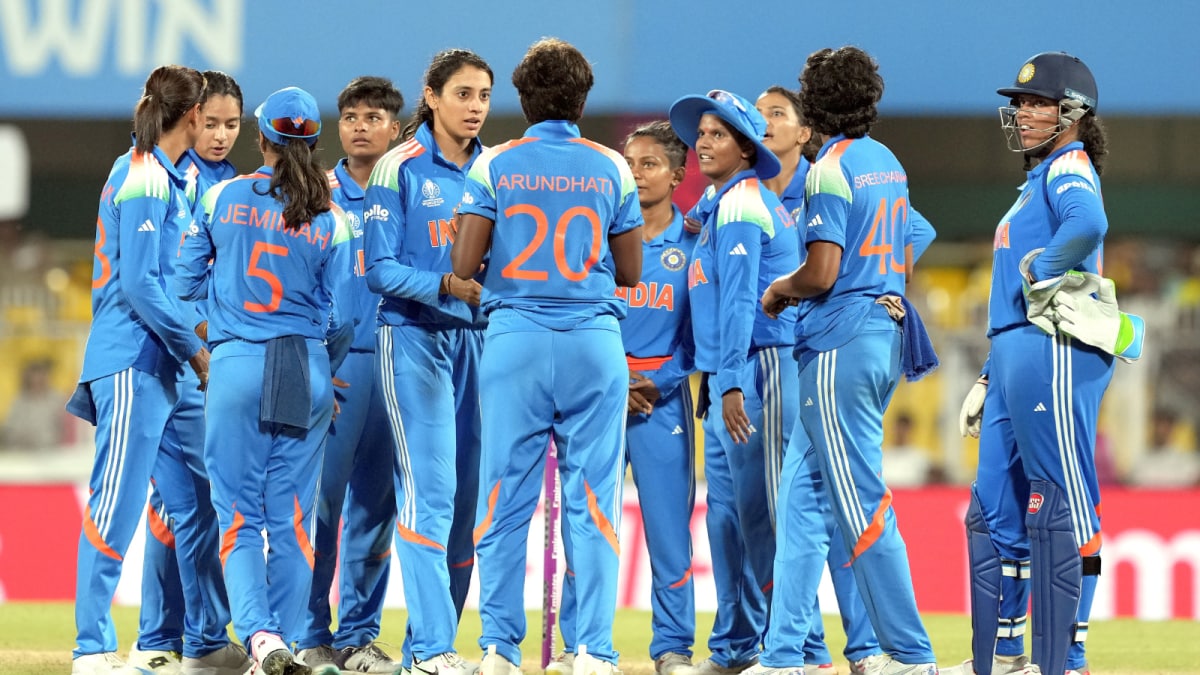When Cheteshwar Pujara announced his retirement from all forms of the game on Sunday, there was no great fanfare, no curated montage, no carefully scripted farewell. That was never his way. He departs as he batted — understated, steadfast, and oddly timeless. Yet Indian cricket, and Test cricket itself, will feel the hollow left behind.
For over a decade, Pujara stood at No. 3 for India, the position once occupied by Rahul Dravid, and produced 7,195 runs in 103 Tests at an average of 43.60. That is the statistical summary, but it tells only part of the story. What endures is the manner in which those runs were made: the patience of a mason laying brick upon brick, the stubborn refusal to be hurried, the willingness to suffer on behalf of a team.
ALSO READ | End of an era — Cheteshwar Pujara, India’s Dravid-esque No. 3, calls time on storied career
His journey began in December 2005 with a debut for Saurashtra in the Ranji Trophy. It ended this year in the same colours, a circle closing neatly, loyally. His Test debut arrived in Bengaluru in 2010 against Australia, the side that would define his legend. He was central to India’s two historic series victories in Australia. In 2018–19, he scored three centuries and faced 1,258 deliveries, as if chiselling India’s name into the ledger of champions stroke by stroke, leave by leave.
A few weeks after that triumph, I visited his home in Rajkot for a cover story. He welcomed us with warmth, unhurried and generous with his time, speaking at length about cricket and its demands. When it came to the photoshoot, our photographer insisted on multiple changes of outfit — four or five at least. Most players would have bristled; Pujara obliged with a smile, each time disappearing to change and returning without complaint. It was a revealing glimpse of the man behind the batter: as patient in his living room as he had been against Pat Cummins and Josh Hazlewood, as unassuming in front of the camera as he was resolute in front of the stumps. The stoicism that defined him at the crease was no performance; it was his nature.
Pujara was never a creature of the age. When cricket tilted towards the ephemeral, he offered permanence.
| Photo Credit:
VIJAY SONEJI/The Hindu
Pujara was never a creature of the age. When cricket tilted towards the ephemeral, he offered permanence.
| Photo Credit:
VIJAY SONEJI/The Hindu
Yet, even as his reputation was built on defence, towards the twilight of his career, he showed a different side. In Ranji Trophy games for Saurashtra, he could be seen scoring almost at a run a ball, sweeping spinners, even stepping out to loft them over the infield.
One such moment came in February 2022, at the Narendra Modi Stadium in Ahmedabad. Mumbai was playing Saurashtra, Rahane squaring off against Pujara, both men under the selectors’ gaze with a Test series against Sri Lanka looming.
Neither would make the cut. A day after his omission, Pujara answered with an 83-ball 91, laced with 16 fours and a six. He had been dismissed for a duck in the first innings, but his reply was a statement of defiance. Mumbai packed the close-in field; the ball was turning sharply, yet Pujara kept striding down the pitch. At one point, he danced out to Tanush Kotian and lofted him, almost casually, over long-on. For a batter supposedly past his prime, there was nothing hesitant — only the old certainty of a man who still believed time was on his side.
His appetite for runs remained immense till the end. Across First-Class cricket — Tests, Ranji Trophy games, and county seasons — he faced 41,715 deliveries, an astonishing testament to stamina and stubbornness. Out of them, he carved 66 hundreds, many of them monumental in scale. His tally of double centuries (18) places him fourth on the all-time list, behind only Don Bradman (37), Wally Hammond (36), and Patsy Hendren (22). Such company underlines what Pujara truly was: not merely a man who occupied the crease, but one who turned occupation into dominion, transforming hours into monuments of concentration.
At Brisbane in 2021, Pujara became less batter than barricade. Cummins and Hazlewood tested him with a storm of short balls, blows landing on helmet, ribs and fingers. One delivery reared awkwardly and struck his hand; for once, the pain showed as he winced and crouched for several minutes. Yet, he rose, as he always did, to resume the fight. India still needed nearly 200, and Pujara summoned his familiar creed — over my dead body. His half-century took 196 balls, the slowest of his career, but every strike absorbed was another thread woven into India’s escape. Even when a bouncer knocked the stem guard off his helmet, he carried on, stoic, immovable.
That resilience had deep roots. Discipline was instilled early by his father and first coach, Arvind. As a boy in Rajkot, Pujara was not allowed the indulgences of childhood festivals: no firecrackers at Diwali, no kites at Uttarayan.
“What if you burnt your hand or cut a finger? You cannot miss the nets for such things,” Arvind would insist. Years later, at the Gabba, it was those lessons of denial and discipline that echoed in every block and bruise, turning a batter into a bulwark as India chased history.
Pujara was never a creature of the age. When cricket tilted towards the ephemeral, he offered permanence. When the currency became speed, he traded in span. Five ODIs were scattered across his career, little more than anomalies; he belonged wholly to the long form and never pretended otherwise. In an impatient world, he held his ground, and in doing so reminded us of what Test cricket was built upon.
Watching him could test one’s own patience. Crowds fidgeted, broadcasters despaired. Yet those who stayed the course discovered something rare: the drama of attrition, the artistry of survival. Pujara changed not just games, but moods.
He never sought adoration, only the contest itself — man against ball, time against hope. Now that he has walked away, the crease feels a little barer, the afternoons a little shorter. He leaves no slogans, no postures, only the memory of a batter who made time stand still. In Test cricket’s long chronicle, that may be the most enduring monument of all.
Published on Aug 24, 2025
The postCheteshwar Pujara: The last of India’s Test purists appeared first on Sportstar


